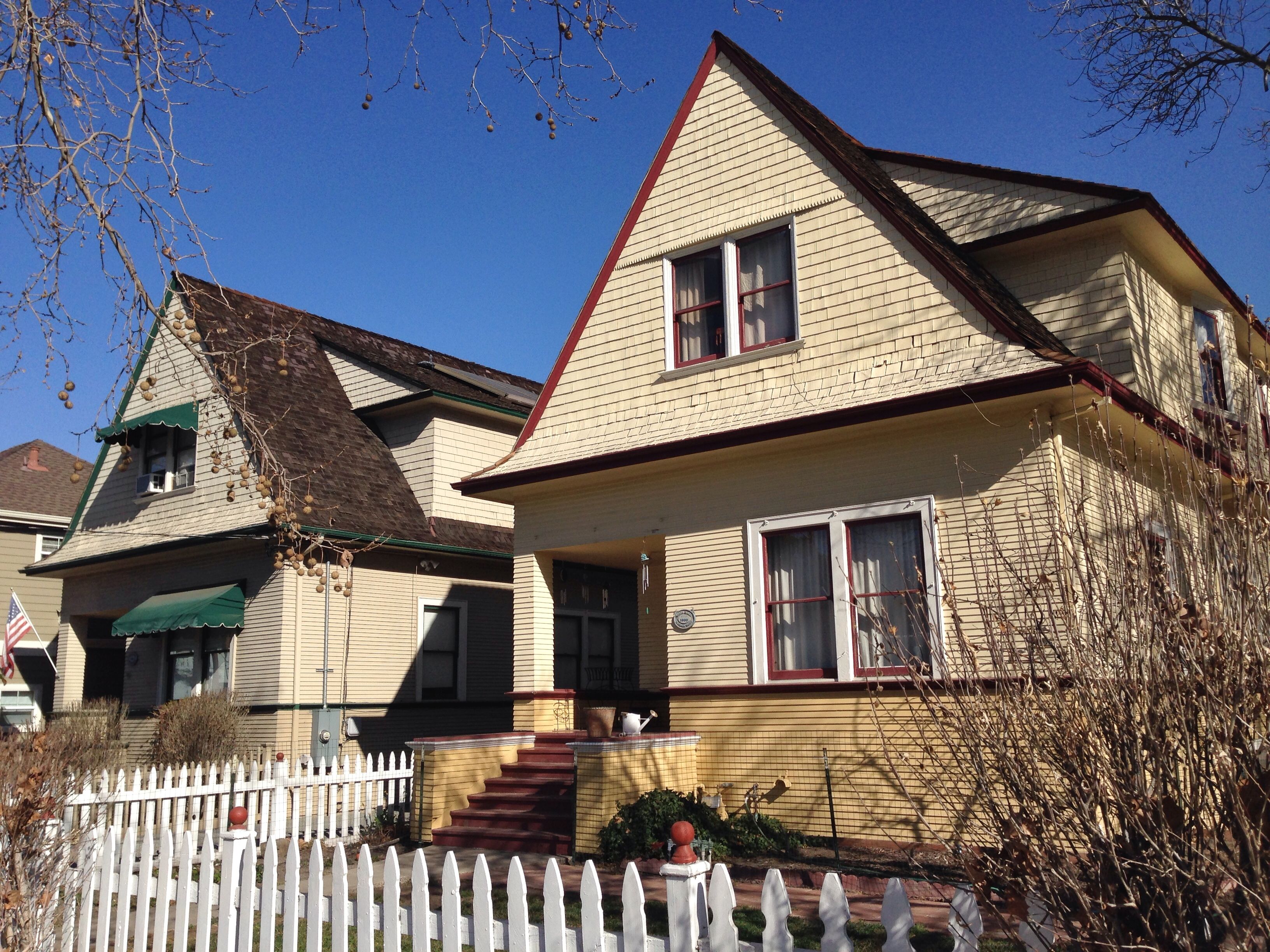Table Of Content

One popular housing type inspired by Tudor ideas is the Cotswold Cottage. These quaint homes have an imitation thatched roof, massive chimneys, an uneven sloping roof, small window panes, and low doors. The word château is an Old French word from the Latin castellum, or castle. Found throughout France, the château manor house can be a sign of wealth or commerce, much like the plantation or ranch houses of America. Architect Richard Morris Hunt, who had studied in France in the 1850s, is largely credited with introducing wealthy Americans to Europe's lavish styles. Some of the more fanciful Stick Style Victorians have Eastlake buttons and knobs combined with the angular stickwork.
Notable examples of Dutch Colonial Revival architecture
The style experienced a significant revival in the early 20th century, becoming a part of the broader Colonial Revival movement. This resurgence saw the adaptation of the original Dutch Colonial features into modern versions built across various regions. The gambrel roof, a hallmark of the Dutch Colonial house, was adapted in new ways, further cementing this style’s place in American architectural history.
The Oldest Dutch House in NYC Is Just as Enchanting as It Was 300 Years Ago - Messy Nessy Chic
The Oldest Dutch House in NYC Is Just as Enchanting as It Was 300 Years Ago.
Posted: Wed, 27 Nov 2019 08:00:00 GMT [source]
Dutch Colonial Revival architecture
It reflects a time when America embraced its history and created spaces full of warmth and character. With its distinctive features that blend simplicity and elegance, this architectural tradition continues to capture the imagination of homeowners seeking a touch of historical charm in their domestic spaces. The original Katrina Cottage was developed by Marianne Cusato and other leading architects, including renowned architect and town planner Andres Duany.
What are some other styles of colonial homes?

Frank Lloyd Wright transformed the American home when he began to design "Prairie" style houses with low horizontal lines and open interior spaces. Heavy chimneys and decorative half-timbering give Tudor style houses a Medieval flavor. The most important features of Stick Style houses are on the exterior wall surfaces.
Who Invented Dutch Style Architecture?

The early Dutch houses were built with similar distinct features like wood clapboard and infused natural materials. The style of the front doors changed some but in New York and New Jersey, the Dutch colonial houses remained true to their original features. This style, which came to be called a gambrel roof, is also referred to as a barn roof, and became a fairly innovative feature for houses. It also allowed homeowners to conveniently get around taxes on two-story homes.
There’s no bathroom on the lower level, and you’ll find no indoor laundry area in this older home. Also, notice that there’s no direct access to the kitchen from the living room, and there are also separate stairs. At least that’s how homeowners used to get around paying taxes on a two-story home back when property taxes began. The unique, raised barn-style roof allowed residents to convert their attics into livable space.
Revival Interiors and Furniture Styles
Modern interpretations might include a blend of traditional furnishings with contemporary decor, highlighting the versatility of the Dutch Colonial style. This evolution in interior design maintains the essence of Dutch Colonial homes while adapting to modern living, ensuring these spaces remain both comfortable and stylish. Dutch colonial architecture is a classic residential style of the Northeastern United States. One of the first residential styles in the country, which has its origins in the 1600s, versions of this architecture still exist today.
Starting with a Dutch Colonial Revival and building around it, Gehry would strip much of the interior while adding a new exterior of wood clad in plywood, glass, corrugated metal, and chain-link fencing. None of the original Dutch colonial furniture owned by the Schencks is known to have survived. The curators have assembled the interior-decorating scheme utilizing objects from the collection to typify an interior of a prosperous family of Dutch descent living in colonial English Flatlands. The Jan Martense Schenck House represents the oldest architecture in the Museum's period room collection. It is also the most complex of the period rooms in terms of reconstruction and interpretation.
In the 21st century, these large, regal homes are now town libraries or bed and breakfasts. But this American house style is actually an imported design from Great Britain. Steep roofs and windows with pointed arches give these Victorian homes a Gothic flavor. These homes are often called Gothic Revival Farmhouses and Carpenter Gothic Cottages.
While the original houses were usually only one and a half stories tall, the more modern houses are two-story. Typically, walls were made of stone and a chimney was located on one or both ends. Common were double-hung sash windows with outward swinging wood shutters and a central double Dutch door. There are many types of colonial house styles stemming from British Colonial (most common in the US), Dutch colonial, French colonial and Spanish Colonial. Within the US, different colonial styles of homes were built in different regions including saltbox, cape cod, Georgian and southern colonial houses. Dutch colonial architecture is a classic home style of the Northeast United States, originating in the 1600s.
The first American house to be called a bungalow was designed in 1879 by William Gibbons Preston. Built at Monument Beach on Cape Cod, Massachusetts, the two-story house had the informal air of resort architecture. But this house was much larger and more elaborate than the homes most think of when they use the term Bungalow.

No comments:
Post a Comment